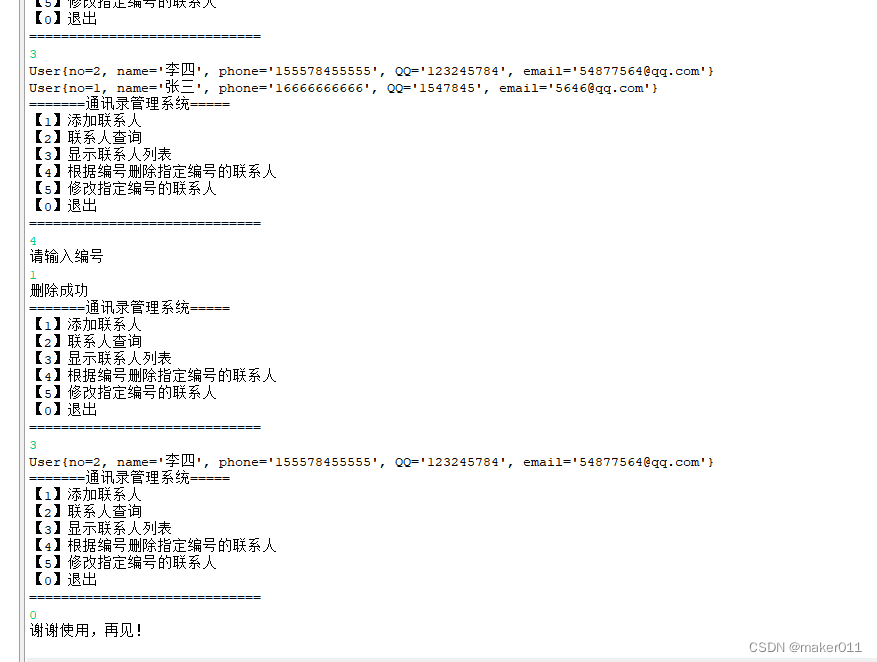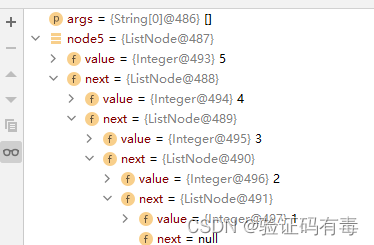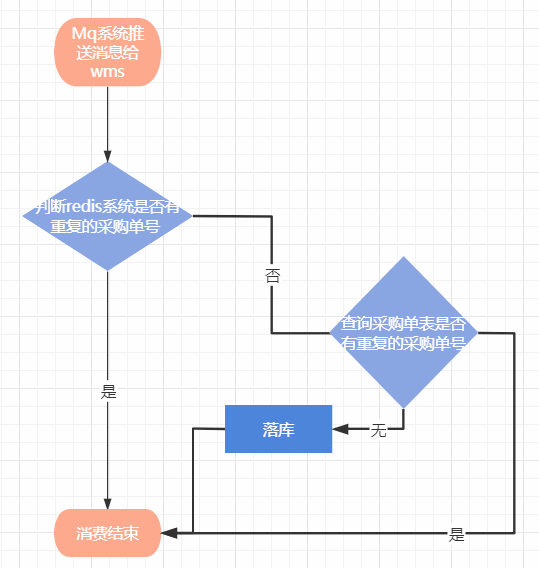case条件语句相当于多分支的if/elif/else条件语句,但是它更规范工整。常被应用于实现系统服务启动脚本等企业应用场景中。
语法结构:
case "变量" in
值1)
指令1...
;;
值2)
指令2...
;;
*)
指令3...
esac说明:
1)case语句获取的变量的值与表达式部分的值等逐一进行比较;如果匹配,就执行值后面对应的指令,直到遇到双分号为止。然后跳出case语句的主体,执行esac后面的语句。
2)如果没有匹配到变量的任何值,则执行*)后面的指令,这个地方通常是给使用者提示信息usage。这部分相当于if多分支结构最后的else语句部分。
3)书写的时候注意不同行内容的缩进距离。
4)case语句相当于一个if的多分支结构语句。
示例1:
根据用户的输入判断用户输入的是哪个数字?
[root@vm1 scripts]# cat judge_num.sh
#!/bin/bash
#
read -p "Please input a number: " i
case "$i" in
1)
echo "The num you input is 1"
;;
2)
echo "The num you input is 2"
;;
[3-9])
echo "The num you input is $i"
;;
*)
echo "Please input [0-9] int."
exit
esac
测试结果:
[root@vm1 scripts]# sh judge_num.sh
Please input a number: 5
The num you input is 5
[root@vm1 scripts]# sh judge_num.sh
Please input a number: 2
The num you input is 2
[root@vm1 scripts]# sh judge_num.sh
Please input a number: 9
The num you input is 9
[root@vm1 scripts]# sh judge_num.sh
Please input a number: 10
Please input [0-9] int.
可以看到case比if语句更简洁更规范。
示例2:
根据用户的选择输入判断是哪种水果并加上不同的颜色。
[root@vm1 scripts]# cat fruit_menu_select.sh
#!/bin/bash
#
# color defined #把颜色定义成变量,方便使用
RED_COLOR='\E[1;31m'
GREEN_COLOR='\E[1;32m'
YELLOW_COLOR='\E[1;33m'
BLUE_COLOR='\E[1;34m'
RES='\E[0m'
cat << EOF
==========
1.apple
2.pear
3.banana
4.cherry
==========
EOF
read -p "Please select a fruit: " num
case "$num" in
1)
echo -e "${RED_COLOR}apples${RES}"
;;
2)
echo -e "${GREEN_COLOR}pear${RES}"
;;
3)
echo -e "${YELLOW_COLOR}banana${RES}"
;;
4)
echo -e "${BLUE_COLOR}cherry${RES}"
;;
*)
echo "your input must be {1|2|3|4}"
esac
测试结果:

代码说明:
1)echo -e可以识别转义字符;
2)\E 可以使用\033代替;
3)[1 数字1可以加粗显示显示。
4)31m表示红色的字体;
5)[0m 表示关闭属性,可以换成不同的数字,代表不同意思。
例如:
\E[0m:表示关闭所有属性;
\E[1m: 表示设置高亮度;
\E[4m: 表示下划线
\E[5m: 表示闪烁
\E[7m: 表示反显
\E[8m: 表示消隐
可以通过man_console_codes来查看。
在这个过程中,我们遇到一个问题,通过man console_codes 有个提示信息:
No manual entry for console_codes。
然后我这边执行如下命令:
yum install -y man-pages
然后再执行man console_codes就可以查看了。

[root@vm1 scripts]# cat fruit_menu_select2.sh
#!/bin/bash
#
# color defined
RED_COLOR='\E[1;31m'
GREEN_COLOR='\E[1;32m'
YELLOW_COLOR='\E[1;33m'
BLUE_COLOR='\E[1;34m'
RES='\E[0m'
function usage() {
echo "USAGE: Your choise must be {1|2|3|4}"
exit 1
}
function menu() {
cat << END
==========
1.apple
2.pear
3.banana
4.cherry
==========
END
}
function choose() {
read -p "Please select a choise: " fruit
case "$fruit" in
1)
echo -e "${RED_COLOR}apples${RES}"
;;
2)
echo -e "${GREEN_COLOR}pear${RES}"
;;
3)
echo -e "${YELLOW_COLOR}banana${RES}"
;;
4)
echo -e "${BLUE_COLOR}cherry${RES}"
;;
*)
usage
esac
}
function main(){
menu
choose
}
main
将这段代码进行了优化,使用函数模块化,看起来美观了不少。
可以将这块的思想渗透到工作的代码中,我们在工作中可以将正确的信息使用绿色标注出来,将错误的信息用红色标注出来,一般的警告使用蓝色标注出来。那么在脚本跑的时候就能很快判断脚本的是否有错误,这是我再工作中使用颜色标注的体会。
另外,我们推荐在脚本中定义变量的方式来给字体加颜色。
# color defined
RED_COLOR='\E[1;31m'
GREEN_COLOR='\E[1;32m'
YELLOW_COLOR='\E[1;33m'
BLUE_COLOR='\E[1;34m'
PINK_COLOR='\E[1;35m'
RES='\E[0m'


















